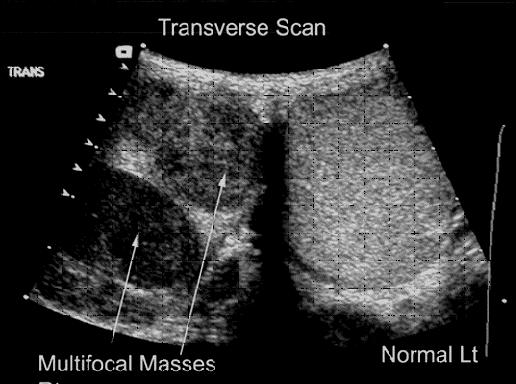Remember to Pay Attention to These Signs During Testicular Cancer Awareness Month!
Increasing early detection rates and increasing awareness of the most prevalent cancers are typically the main goals. But young men can also develop other cancers, such as testicular cancer, which are just as dangerous. According to Mayo Clinic, during Testicular Cancer Awareness Month, we draw attention to specific symptoms that might manifest and call for prompt treatment to improve recovery chances.

Is testicular cancer common?
Testicular cancer is uncommon, but it can occur at any age, particularly between the ages of 15 and 45, making it particularly important to raise awareness about it. Even if the cancer has spread to other areas of the body, it is still very treatable. The type and extent of cancer determine the course of treatment. Chemotherapy and surgery are the most popular treatments.
Testicular cancer symptoms
Doctors of cancer recognize a set of symptoms that point to the potential for testicular cancer, such as
An abscess or swelling in one or both testicles.
A sensation of weight in the testicles.
The lower abdomen hurts.
Testicular pain or discomfort.
Chest tissue enlargement or swelling.
Back pain.
The sac that contains sperm, the scrotum, swells suddenly.
It is important to remember that testicular cancer typically affects one testicle rather than both.
You should see a doctor right away if any symptoms appear and last longer than two weeks.
Testicular cancer causes
Although the exact causes of testicular cancer are unknown, research suggests that it starts when testicular cells undergo a genetic alteration that instructs them to proliferate and grow quickly. Many testicular cells develop into cancerous tumors as a result of healthy cells dying during their natural cycle and being replaced by cancerous cells. As time passes, the tumor frequently spreads to the liver, lungs, and lymph nodes in addition to the testicle.
The following variables raise the risk of testicular cancer:
According to research, the following are some of the factors that raise the risk of testicular cancer:
Testicular cancer runs in the family.
Being young. The disease is most prevalent in adolescence and between the ages of 15 and 45, though it can manifest at any age.
Being white, since white people are more likely to develop testicular cancer.
How can the illness be identified in its early stages? Some doctors recommend performing a routine self-examination of the testicles to look for lumps or bumps.
However, there is no evidence that it can reduce the death rates from testicular cancer. Testicular cancer is curable, even if caught in its advanced stages. Regular self-examination, however, can be carried out in all situations to enable treatment by acting quickly when any changes are observed.

